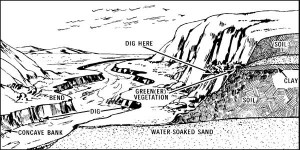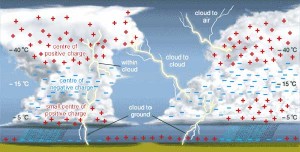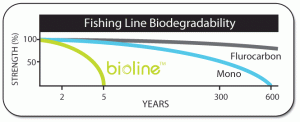Emergency Home Water Supply
Health department and public water safety officials use many safeguards to protect the sanitary quality of your daily drinking water. However, this protection may break down during emergencies caused by natural disasters.
During times of serious emergency, the normal water supply to your home may be cut off or become so polluted that it is undrinkable. A supply of stored water could be your most precious survival item!
You and your family may then be on your own to provide a safe and adequate water supply. Remember that typhoid fever, Dysentery, and infectious hepatitis are diseases often associated with unsafe water.
Don’t take a chance! Generally, under serious disaster conditions, no water can be presumed safe–all drinking and cooking water should be purified.
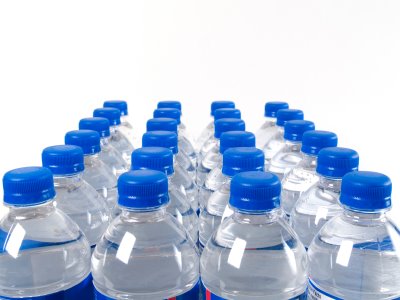 Required Amounts of DRINKING Water Per Person
Required Amounts of DRINKING Water Per Person
A minimum of two quarts and up to one gallon of water is needed per day, depending on the size of the person, the amount of exertion, weather, and perspiration loss. A minimum of seven gallons pure water per person would be needed for a two-week survival supply. With careful rationing, this amount would be sufficient for drinking, food preparation, brushing teeth, etc. Fourteen gallons per person will allow for hygiene care.
Keep an emergency supply of drinking water in plastic containers. Commercially bottled drinking water is available. It stays pure for months and has the expiration date clearly marked on it.
There are several other sources of water if your water supply is turned off–water drained from the hot water tank (usually contains 30 to 60 gallons of usable water), clear water from the toilet flush-tank, if kept constantly clean ( not the bowl !), melted ice cubes, canned fruits and vegetable juices, and liquid from other canned goods.
How to Purify Water for Drinking
- If water is cloudy, smelly, or otherwise polluted, strain it through a paper towel or several layers of clean cloth into a container in order to remove any sediment or floating matter.
- Water that is boiled vigorously for five full minutes will usually be safe from harmful bacterial contamination.
- If boiling is not possible, strain the water as above and treat by adding ordinary liquid chlorine household bleach or tincture of iodine. Since liquid chlorine bleach loses strength over time, fresh bleach should be used as a water disinfectant. If the bleach is a year old the amount should be doubled. Two-year-old bleach should not be used as a water disinfectant.
- Other chemical treatments for water purification also include halzone tablets, iodine tablets or crystals.
# of Drops Per Quart of Water
| Purifying Agent | Clear Water | Cloudy Water |
| Household Bleach | 2 | 4 |
| Tincture of Iodine | 3 | 6 |
Mix thoroughly by stirring or shaking the water in its container. Let it stand for 30 Minutes.
A slight chlorine odor should be detectable in the water; if not, repeat the dosage and let the water stand for and additional 15 minutes before using.
Use an eye dropper to add the chlorine or the iodine to the water. Use it only for this purpose.
How to Prepare and Store Bottles of Purified Water
Keep the drinking water safe from contamination by carefully storing in clean non-corrosive, tightly-covered containers.
Use one-gallon containers, preferably made of heavy opaque plastic with screw-on caps. Plastic milk bottles are not recommended. Sterilize the bottles.
- Wash bottles with soapy water, then rinse thoroughly.
- Run about three quarts tap water into one of the containers, then add 3/4 cup bleach to the water.
- Shake well, turning upside down a time or two so that the stopper will be sterilized also.
- Let the mixture stand for two to three minutes, then pour it into the next container. You can use the same chlorinated water for several containers.
- Fill the empty bottle with pure or purified water and seal it tightly close with cap or stopper.
- Label with “Drinking Water–Purified”, and the date of preparation.
- Water purification tablets may also be used and are available in drug stores and sporting goods stores. They are recommended for your first aid kit. Four tablets will purify one quart of water.
- Some stored water may develop a disagreeable appearance, taste, or odor. These properties are not necessarily harmful. Inspect your water supply every few months to see whether the containers have leaked or other undesirable conditions havedeveloped. Replace the water if it becomes contaminated.
 Portable Water Purification Equipment
Portable Water Purification Equipment
A high quality filter system should possess the following characteristics: light-weight; have fewer parts (less to go wrong); a fine pre-filter; a replaceable or clearable filter; tight, well-made pump; high volume output; quick filtration; should screen out organisms over 0.5 microns (0.2 microns is best).
A system with all of these features may not be inexpensive, however. The cost will usually reflect reliability as well as technology of design.
Always use a filter properly. Use clearest water available, allowing suspended matter to settle out. Use pre-filter if your system has one. Do not let outlet end of filter come in contact with contaminated water. Be sure vessel you’re pumping into is clean.
Sanitize all bottles! 1/4 Cup Clorax to 1 Quart Water
Further Research:
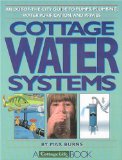 |
